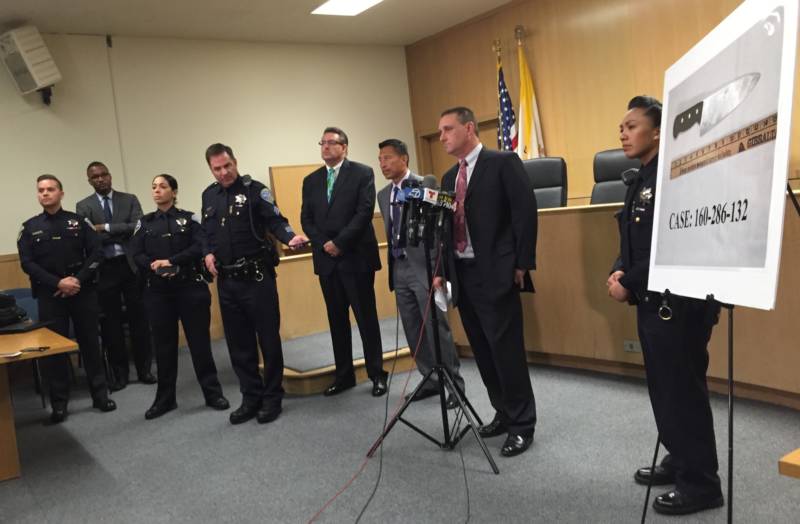Luis Gongora was shot a total of six times by two San Francisco police officers on April 7, moments after the officers responded to a Mission District street and confronted the homeless man who was allegedly holding a large kitchen knife.
The San Francisco Medical Examiner's report released Thursday found Gongora was shot in the forehead, as well as the back of his left shoulder, his right upper back, his chest and twice in his right forearm.
Blood tests found stimulants in his system, including an intoxicating level of methamphetamine. Gongora's toxicology report also notes THC and caffeine in his blood.
The San Francisco Police Department typically does not comment on open shooting cases, but the department did release pieces and interpretations of some witness statements in the days following the shooting.
Gongora had been in the U.S. for several years and had sent money home to his family in Mexico, according to the Guardian's in-depth report on his life and death. On Shotwell Street, where he was killed, he was known as a member of a homeless camp who collected bottles and cans and often kicked a soccer ball up and down the block.
Gongora's death came about five months after the fatal police shooting of Mario Woods, which saw the beginning of an effort to depose former SFPD Chief Greg Suhr, and about six weeks before the fatal shooting of Jessica Williams. Suhr resigned hours after Williams' death.
